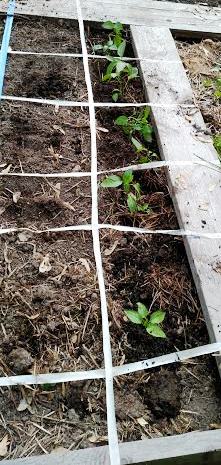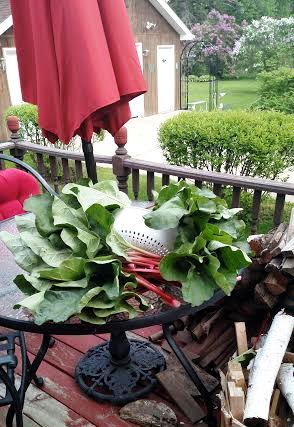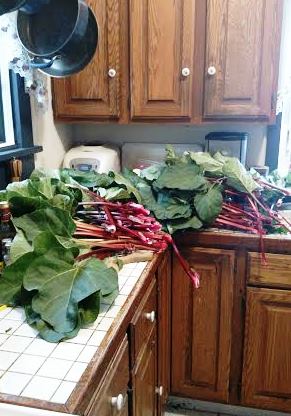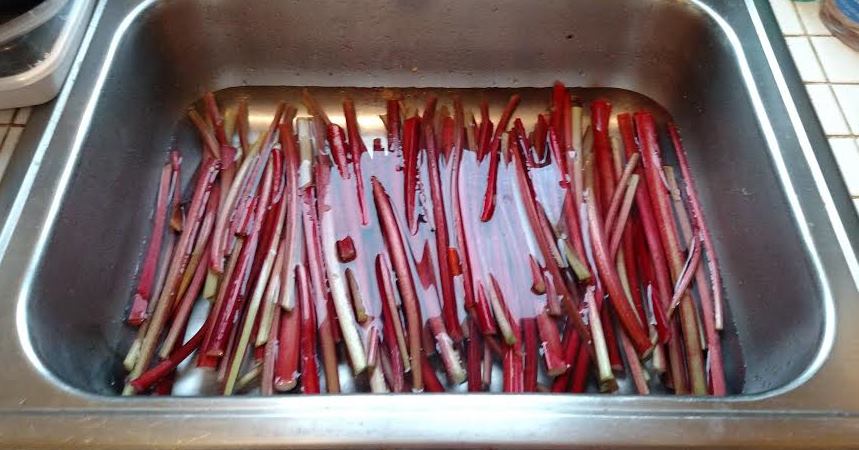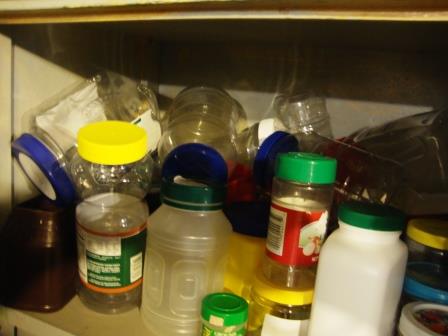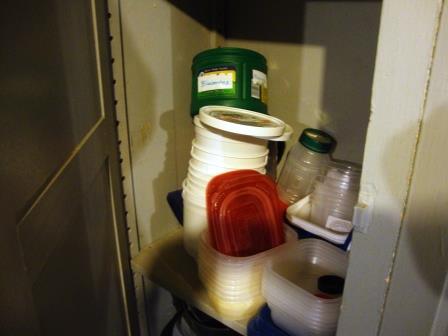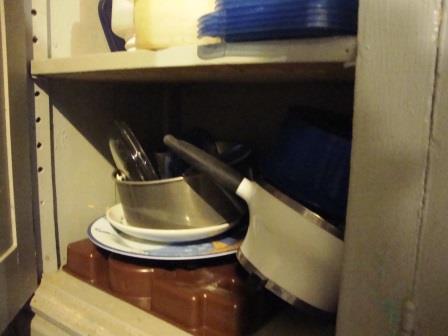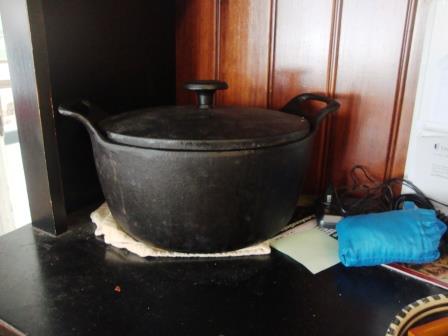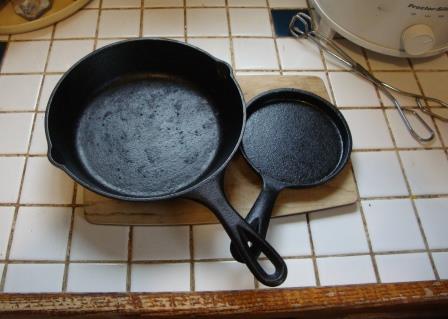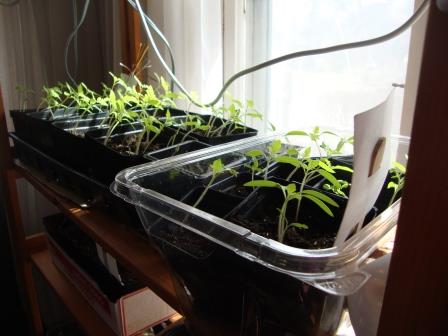I can tell it’s summer because…
I am working the phone, setting up appointments so I don’t have to miss school in the fall.
I am cleaning up messes outside. I’ve planned and planted, but I haven’t had the time to make the yard look neat. Now I do.
I’m enrolling in two graduate classes with which to renew my Wisconsin teaching license. It’s what we do: go to school during June, July, and August in order to renew the license that…you know what, readers? You’ll hear my take on licensing changes, and you’ll hear it soon.
I can tell it’s summer because I’m storing my schoolbooks in a closet along with my fingerless gloves. I’ll bring them back to my desk in the fall.
I can tell it’s summer because I’m making salads for lunch and adding fresh ingredients whenever I can (including radishes, dandelion greens, and whatever edibles are ripe for picking).
I’m also reading gardening blogs and getting a little envious of those who are already harvesting. Daphne’s Dandelions hosts a Harvest Monday group with glorious pictures.
I can tell it’s summer because everywhere I go, I see others enjoying the outdoors. I saw two college-age kids wearing galoshes and stomping in mud on their lunch break from working on a grounds crew.
Meanwhile, I’m catching up on household chores, too. That’s not fun to talk about, though. I’d rather be outside!


